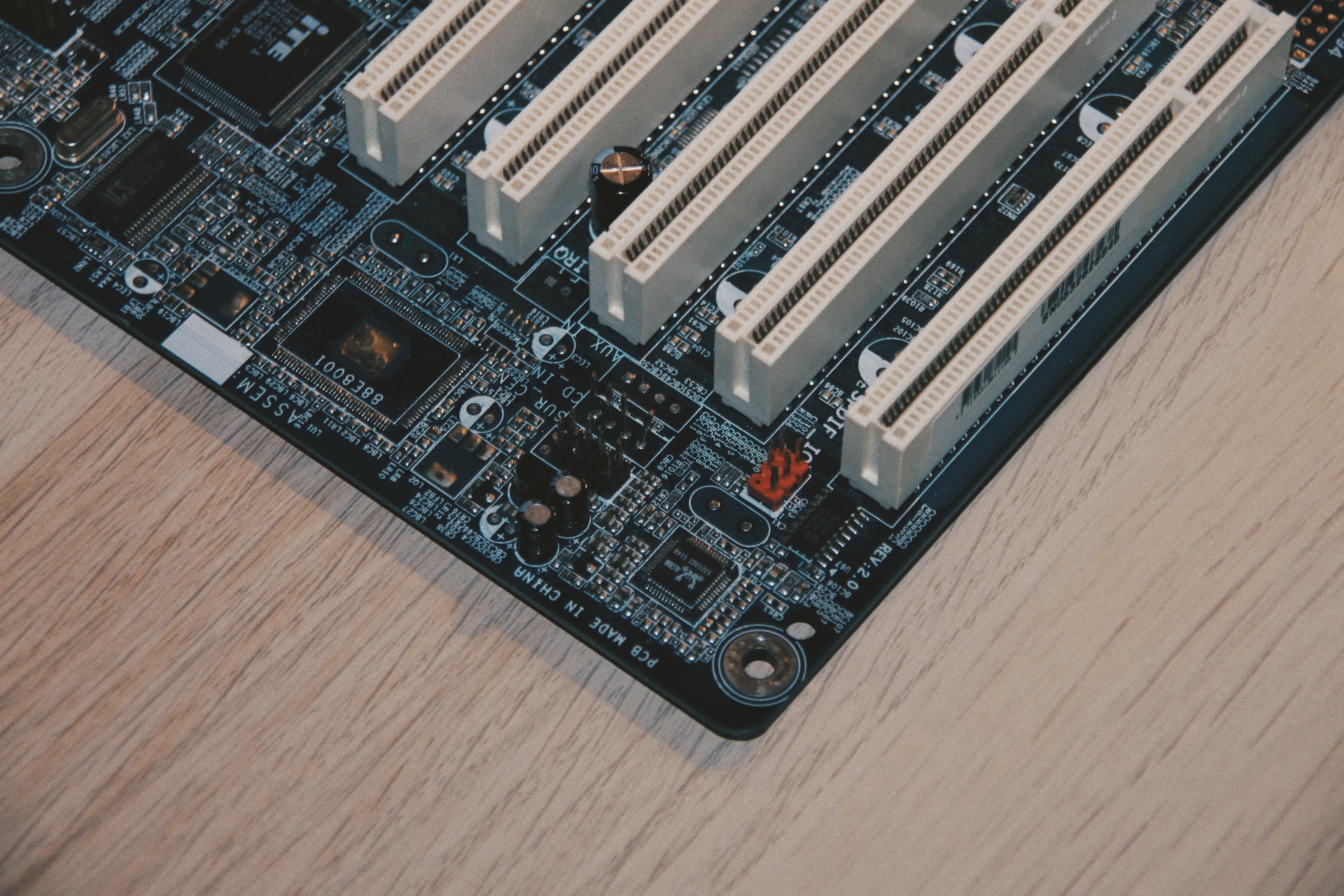How to check RAM speed, size, and type on all devices
Even though more people are using computers than ever before, the complexities of hardware specs remain a minefield for many. Your computer's RAM can be one of the most challenging regions to understand (Random Access Memory).
Whether you're replacing your RAM, creating a custom PC, or simply attempting to learn more about computer hardware, it's critical to understand how computer memory works and how to monitor it when a computer is running. Here's how to check ram speed and how to tell what kind of ram you have.
Understanding RAM
Before we begin our lesson, we'd want to cover certain fundamentals, depending on your level of computer experience. Of course, if you know exactly what you're looking for and why you may skip ahead.
What is RAM?
RAM, or Random Access Memory, is your system's memory and is responsible for storing the critical information required to run an operating system and all of the programs you use on a computer.
In layman's terms, it functions as a short-term memory bank on every digital device we have these days (computers, cellphones, tablets, and so on), and it operates faster when accessing and running files on a computer, regardless of whether you use an SSD or HDD.
Although your device's CPU maintains vital information that is being executed, such as information about your operating system, programs, and other things, your computer would function significantly slower if it weren't for RAM because there is a limit to the amount of cache memory in a CPU.
Why is it important to know how much RAM your computer has?
The most typical reason for knowing how much RAM your system has is to ensure that a game or application runs properly. Knowing your system's configurations before making a purchase that your system may not support will save you from disappointment and annoyance.
If you want to upgrade your system, you may also need to know the specifications of your RAM. Knowing what you have and what is compatible with the components you wish to install is critical to avoiding a costly mistake.
How Much RAM Do You Require?
It is pretty simple to determine how much RAM you require. There is no reason to have less than 4GB of RAM, which is actually rather inadequate for most applications. Unless you're a hardcore gamer or utilize CAD or video editing software, 8GB of RAM is sufficient. In that situation, at least 16GB of RAM is recommended.
Steps to check ram speed, size, and type in Windows 10
It is really simple to determine how much RAM is currently loaded on your PC. Although this will not provide you with much information about your computer's performance, it will tell you what your system is capable of.
1. To calculate how much RAM is installed on your computer, use the Win+I keyboard shortcut to visit the Settings menu.
2. Then, select the system.

3. Then, on the left, select About, and on the right, you can see your RAM.

This is the most basic way; however, if you need more information, keep reading.
Check RAM Information via Windows 10 Command Prompt
By far the easiest way to learn about your computer's RAM is to use the Windows 10 Command Prompt or Powershell. Other built-in apps, such as System Information and the Control Panel, merely display a portion of the information, such as the size, kind, or both. Here's how to view detailed RAM information on your PC.
1. In Cortana's search box, type "cmd" and then select Command Prompt from the list.

2. Enter the following command into the command prompt:
wmic MemoryChip get MemoryType, Name, Capacity, Configuredclockspeed, DeviceLocator, FormFactor, Manufacturer, Serialnumber, Speed

3. Other aliases can be added for more advanced details:
ConfiguredVoltage, DataWidth, MaxVoltage, CreationClassName, InterleavePosition

It should be noted that some aliases may not display any information.
4. To see all alias alternatives, type the following into the search box and look under the FULL section:
WMIC MemoryChip List /?
How to check ram speed and information in Windows 10 Powershell
1. Select Powershell from the Windows 10 Start Menu by right-clicking it. This task does not necessitate the usage of administrative rights.

2. In Powershell, enter the following code:
Get-CimInstance -ClassName Win32_PhysicalMemory | Format-Table Capacity, Manufacturer, MemoryType, FormFactor, Name, Configuredclockspeed, Speed, Devicelocator, Serialnumber -AutoSize

3. Visit the Win32 PhysicalMemory Properties page for a complete list of properties (Speed, Serial Number, FormFactor, and so on).

Check Ram Speed and Information Via CPU-Z
1. Download and run the CPU-Z executable. You'll almost certainly require the Classic Versions option.

2. Navigate to the Memory tab to see how many slots your PC has, the kind of installed memory (DDR, DDR2, DDR3, and so on), and the RAM amount (GB). If you need it, you'll also see real-time information on the RAM's running frequency, as well as a full breakdown of latency and clock rates.

How to tell what kind of RAM you have in macOS
The technique for obtaining critical information about your hardware is, like with everything Apple, extremely straightforward. You can use the procedure to view general RAM information.
1. Select About This Mac after clicking the Apple logo. The Overview tab displays your simplified RAM information.

2. If you require a detailed report, you may access a full technical breakdown by choosing System Report, dividing components into tabs such as memory, processor, hard disk, and other parts.

3. To examine real-time memory consumption on your Mac running the most recent software, use Spotlight to search for "Activity Monitor," click on the linked link to open it, and select the Memory tab.
4.You may also get real-time memory statistics by launching Finder, clicking Applications, then picking the Utilities Folder, Activity Monitor, and finally, the Memory tab.

FAQs
1. How Do I Determine the Manufacturer of RAM in Windows 10?
In Windows 10, you may check the manufacturer of your memory using Command Prompt, Powershell, or a third-party tool.
1. In Command Prompt, type "wmic memorychip get manufacturer" without the quotation marks and press Enter.
2. In Powershell, enter "Get-WmiObject win32 physicalmemory | pick manufacturer" without quotes.
3. To find third-party programs, utilize a search engine or open CPU-Z and navigate the SPD tab.
2. How Do I Determine Whether My SDRAM Is DDR3 or DDR4?
The simplest way to determine whether you have DDR3 or DDR4 memory is to use CPU-Z. Look for "Type" in the "General" section of the Memory tab.
3. How can I check the speed of my RAM?
Utilize the Task Manager
Ctrl + Shift + ESC on your keyboard at one time. It will launch the Task Manager on your behalf. Then, under the Performance tab, select Memory. That's where you'll find your PC's RAM speed.
• Is 3000 Hz RAM a good choice?
If you are creating a new AMD-based system, 3000 MHz should be the least memory speed you should choose; if you can afford any ram faster than that, it will be even better (though not much so) in gaming, as AMD's Infinity fabric design feeds off high-speed ram with minimal latencies.
• Can I utilize 3000 and 3200 RAM at the same time?
If it's the same RAM (same manufacturer, looks, etc.), such as DDR4 3000 CL16 and 3200 CL18, there's no problem because it's the same RAM.



